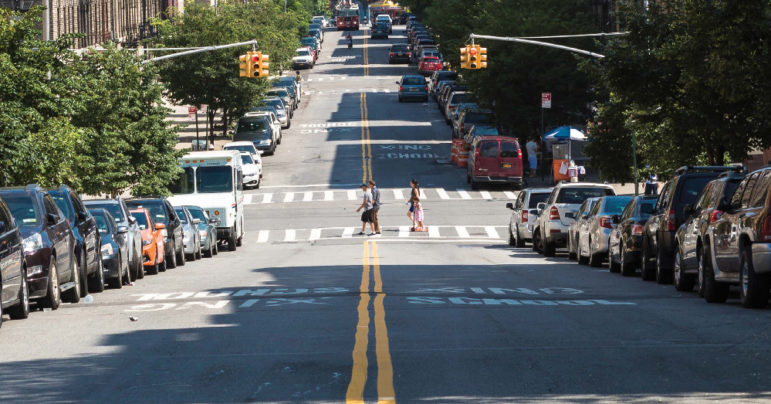
NYCEDC
In the update, the administration boasts of efforts to prevent the residential displacement that some local residents fear will accompany new investment.
Next Tuesday, the De Blasio administration’s proposed Inwood rezoning is expected to enter ULURP, the seven-month long process through which a rezoning is approved—usually after being amended—or rejected. It will be the administration’s fifth neighborhood rezoning study to begin the public review process through which the local community board, borough president, City Planning Commission and City Council each weigh in on the proposal—with only the latter two having binding votes.
Ahead of that important step, the Economic Development Corporation (EDC) and local councilmember Ydanis Rodriguez, who is also spearheading the rezoning, have released a bilingual update on its larger plan for the neighborhood. The original plan was released in June and detailed a number of strategies the city would undertake to address the neighborhood’s affordability crisis, create access to the Harlem River waterfront, protect the existing character of some residential areas, provide new job and educational opportunities, invest in local infrastructure and more.
The update doesn’t include any surprises—and most of it reiterates previously announced projects—but it serves to show that the administration is making progress on some of the initiatives they promised would accompany the rezoning.
For instance, the original action plan said that the Department of Housing Preservation and Development (HPD) was reaching out to owners of rent-regulated apartment buildings to offer them incentives to keep units affordable and that it was working to create affordable co-op buildings at two city-owned buildings, 79 Post Avenue and 21 Arden Street. According to the update, the city is now financing the rehabilitation of three rent-stabilized buildings with 83 apartments at 428-436 West 204th Street, and is financing the renovation of 21 Arden Street and the creation of 15 affordable co-op apartments in that building. (This is in addition to the 100 units of housing, universal Pre-K program and new library that is still planned for the site of the current Inwood library.)
The update also notes some recently launched citywide programs: the Neighborhood Pillars program, which funds nonprofits to acquire rent-stabilized buildings, and the Certificate of No Harassment program, which requires the landlords of certain buildings to prove they have not harassed tenants prior to receiving permits for building work.
In addition, 2,200 tenants in Inwood have been provided with free legal assistance, among other strategies to combat displacement, according to the report.
The update says that the rezoning east of 10th avenue will produce over 1,300 permanently affordable apartments. This refers to predictions included in the city’s Draft Scope of Work, released in September, which said that the rezoning as a whole (including the rezoned corridors west of 10th avenue) had the potential to produce an additional 4,348 apartments, of which 1,325 or 1,563 would be affordable under the city’s mandatory inclusionary housing policy.
The are also updates on previously announced park investments, progress on pedestrian safety improvements, and an announcement that the city will rehabilitate the Broadway Bridge. EDC specifies that over $160,000 in grants has been provided to support local cultural and arts organizations, explains how local organizations are using a prior announced $1.1 million grant to improve commercial corridors, and provides detail on the success of the Washington Heights Business Solutions Center in helping local businesses start and operate businesses. The Center has helped 57 businesses access $470,00 in capital and has supported the opening of 14 food and retail businesses.
“Over a two-year process, the New York City Economic Development Corporation has diligently engaged the community and various stakeholders to ensure Inwood’s unique characteristics are preserved for decades to come. We have worked together to develop a thoughtful, multi-pronged plan to make Inwood affordable to longtime residents, enhance natural resources, and ensure its population is well trained and small businesses remain competitive,” said Rodríguez in a statement, adding that he is grateful to residents and small businesses for their advocacy throughout the process.
Of course, it’s yet to be seen whether the additional investments are enough to ameliorate some residents’ concerns that the rezoning will trigger displacement and that new jobs generated by economic development will not be accessible to the existing working class population.
The updated plan was presented on Sunday at a multi-agency resource fair targeting the neighborhood’s Spanish-speaking residents, who make up 70 percent of the neighborhoods’ residents, according to EDC’s press release. In the past, the city has faced criticism from local advocates for conducting insufficient outreach to the Spanish speaking community.


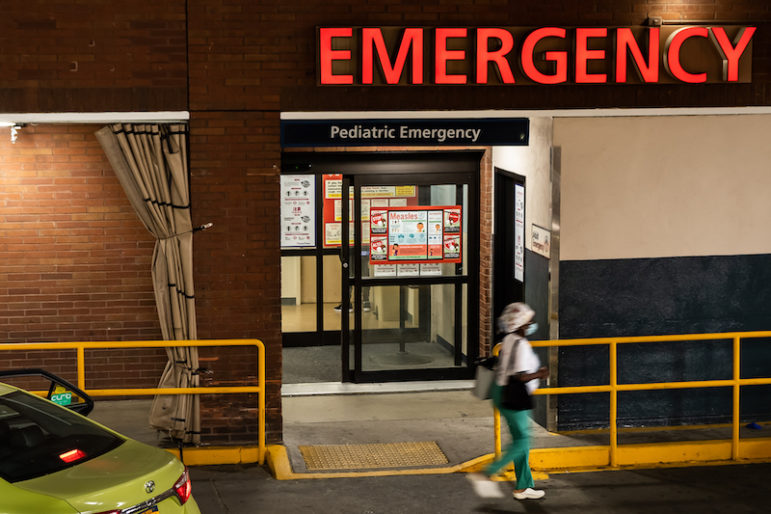
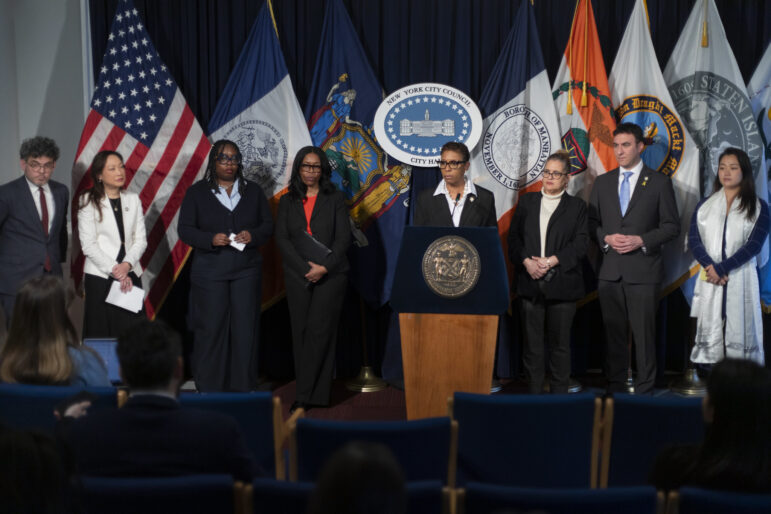
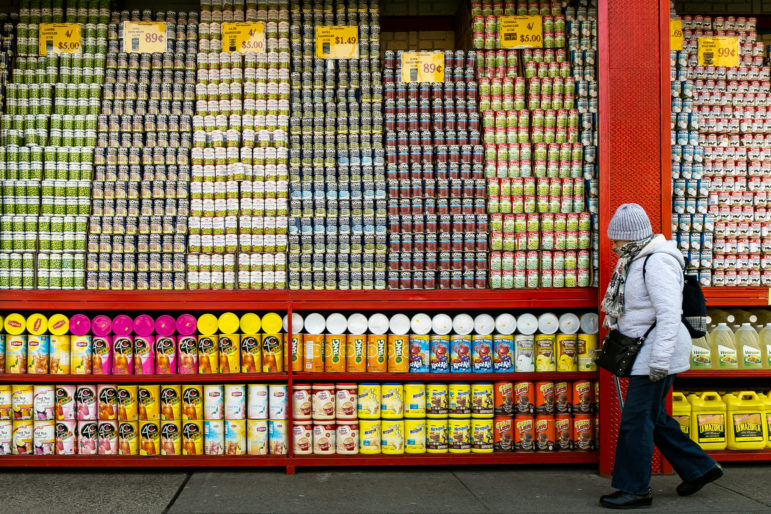
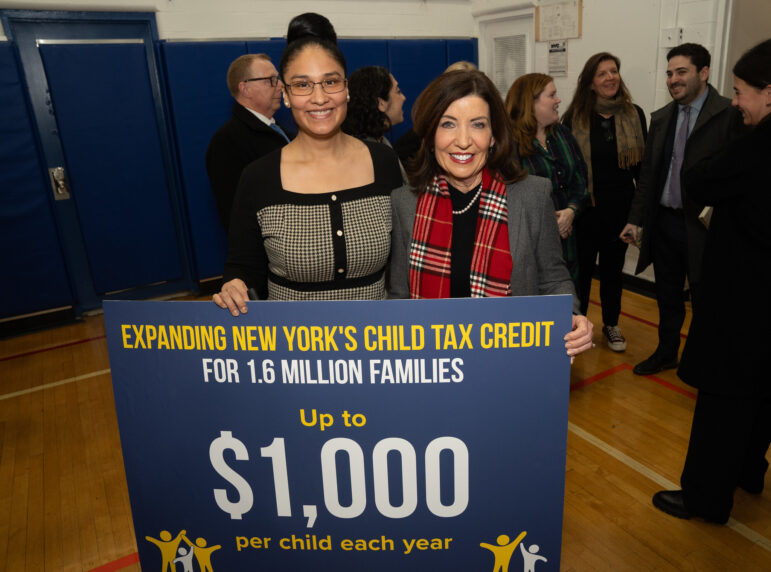


7 thoughts on “Ahead of Push for Rezoning’s Approval, City Offers New Details on Investments for Inwood”
Pingback: Inwood rezoning will begin land use review process January 16 - fmm
Pingback: Inwood Rezoning Will Begin Land Use Review Process January 16, 2018
The “update” is mostly regurgitated hot air over nothing. The rezoning contains no new parks, no community center, no arts center, no swimming pool — really very few carrots at all. Talking about investment in a park south of Inwood or a small of amount of money thrown down a hole for local businesses does nothing for the day to day quality of life in Inwood.
Meanwhile, most input has been ignored never mind acted upon, while the city continues its push to pretend like the plan has been responsive or reflective of community wishes.
I’m not necessarily against the plan, but it could not be done in a more ham-fisted manner.
Looks like the Inwood rezoning will just be what deBlasio rams down your throats. But why did your councilmember agree to it? Rodriguez was re-elected last year so apparently not enough people objected to the rezoning.
The rezoning has strong support by the CM – he is one of the main proponents. Election was not an issue, his re-election was guaranteed despite considerable vocal opposition over the issue as upper Manhattan politics tend not to be issue-based.
If he had his way, the CM would deck over and rezone the subway yards also, although EDC told him he was crazy and pushed that idea off the table long ago. But Rodriguez is still chasing it regardless, which actually poses a thorny issue for the rezoning in that the ULURP will not be considering the impact of redeveloped rail yards, so if that ever does happen the whole EIS is a sham.
Pingback: Inwood rezoning will start land pronounce review task January sixteen – Pin by Vurdpress
Pingback: Today’s Headlines – Streetsblog New York City